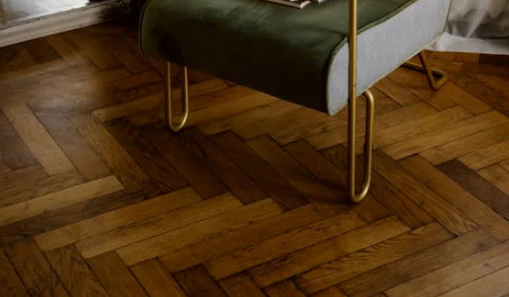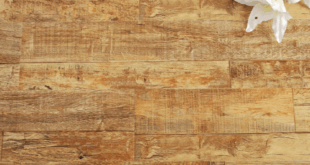Parquet flooring is more than just a stylish surface underfoot—it’s a centuries-old symbol of craftsmanship, artistry, and timeless design. Recognized by its geometric patterns and wood-block construction, parquet (pronounced par-kay) has gone through waves of popularity, from the gilded halls of Versailles to the cozy interiors of contemporary homes. Here’s a look back at the fascinating history of parquet flooring.
Origins in France: The Birth of a Classic
Parquet flooring was first introduced in 17th-century France, during a time when marble floors—though elegant—were impractical for upkeep. Wood offered a warmer, more durable, and less labor-intensive alternative.
The first documented use of parquet de menuiserie (woodwork parquet) dates to 1684, when it replaced marble flooring in the Palace of Versailles. The intricate geometric designs—often arranged in squares, herringbone, and chevron patterns—quickly became synonymous with royal and aristocratic taste.
Craftsmanship and Materials
Early parquet floors were painstakingly hand-cut and assembled using hardwoods like oak, walnut, cherry, and maple, chosen not only for durability but for their ability to showcase contrasting grains and colors. These floors were often laid over wooden joists and finished with elaborate borders and medallions.
Each pattern told a story and required high levels of skill, making parquet a luxury feature limited to palaces, manors, and elite institutions throughout Europe.
Spread Across Europe
By the 18th and 19th centuries, parquetry spread from France to Italy, England, Germany, and Eastern Europe, each region adopting and adapting the art to local styles and preferences. It remained a marker of prestige in manor houses, government buildings, and ballrooms.
In Victorian England, parquet floors became a fixture in the homes of the affluent, particularly in drawing rooms and libraries. The Industrial Revolution made production more accessible, although most installations still required skilled labor.
20th Century: Rise, Fall, and Rise Again
In the early 20th century, parquet flooring evolved with modern manufacturing. Pre-cut parquet tiles made installation easier and more affordable, leading to a surge in popularity during the mid-century modern movement of the 1950s and 1960s, especially in North America.
However, by the 1980s and ’90s, parquet fell out of favor, replaced by wall-to-wall carpeting, plain hardwood planks, and laminate flooring. Many homeowners considered the small-block patterns dated or overly busy.
Modern Revival
In the 21st century, parquet flooring has made a strong comeback—and with a twist. Today’s designers and homeowners are rediscovering its elegance, especially in herringbone and chevron patterns, often using wider planks and natural finishes for a more contemporary feel.
Advancements in engineering have also made parquet more versatile, with options like engineered wood and click-lock systems that can be installed more easily and used in a wider range of environments, including over radiant heating or in high-traffic areas.
Sustainable sourcing and customizable designs have further helped parquet reclaim its status as both a sophisticated and practical choice for modern interiors.
Parquet Today: A Symbol of Style
From rustic oak herringbone in urban lofts to sleek chevron walnut in high-end hotels, parquet flooring is now as much about personal expression as it is about tradition. Whether you’re drawn to its rich history or its aesthetic versatility, parquet continues to bridge old-world craftsmanship with modern-day design sensibilities.
Parquet flooring has proven to be more than just a passing trend—it’s a timeless design rooted in history, elegance, and adaptability. What once lined the halls of kings and queens now graces homes around the world, offering beauty, durability, and a rich legacy beneath your feet.
 Homeowners Club If you are one of the 15 million homeowners in the UK, the free to join online Homeowners Club is for you.
Homeowners Club If you are one of the 15 million homeowners in the UK, the free to join online Homeowners Club is for you.








